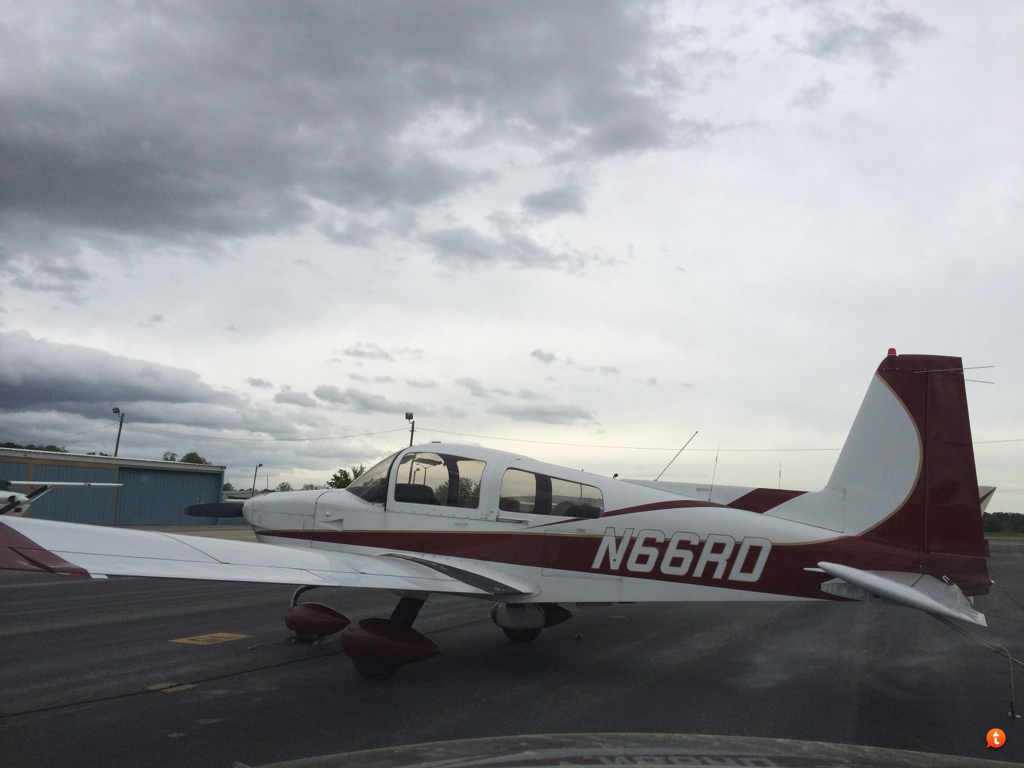Archammer
Cleared for Takeoff
Hello PoA bretheren and bretheren-ettes
So I am getting serious now, with the idea of going into a 1/3 buy of a Grumman Tiger and want to get some help from all y'all, since 99% of you have more time and expertise than I do when it comes to airplane partnerships and specific aircraft knowledge. I asked about a Grumman comparison a while back, and got some great info. I'd like to expand on that.
Some quick info for you:
We have not purchased the aircraft yet. This would be my first aircraft as an owner/fract owner. I have low total time, and flight experience in only a few aircraft, a Grumman not being on that short list.
I know that my mission is recreational flying, and short local trips with my wife on the weekends. There would be very little, if any, business travel. I don't have a lot of disposable income, but the numbers are showing that this is within my budget. I know that this is the type of plane for my mission.
My 2 potential partners have great experience and total time, and one is a close friend and business associate. Both of them have owned/operated Grumman Tigers in the past, and are interested in helping me learn and get into having my own aircraft. My friend has been very helpful so far, in teaching me about the process, etc., etc.
I'd be curious to know your specific thoughts of a Grumman Tiger as a "1st airplane" overall. Low maintenance? Insurance rates? Good fun? Any pitfalls or warnings?
Also, I'd like to know about fractional ownership from personal experience. I have the basic pros and cons, but I want to know any "insider info" that you might offer, good and bad.
As some of you know, I'm a big proponent of research and pre-planning, so that's why I'm reaching out here, because I am totally in the dark with this process, and I want to make sure that I make educated, and informed decisions.
You're the best... in advance
So I am getting serious now, with the idea of going into a 1/3 buy of a Grumman Tiger and want to get some help from all y'all, since 99% of you have more time and expertise than I do when it comes to airplane partnerships and specific aircraft knowledge. I asked about a Grumman comparison a while back, and got some great info. I'd like to expand on that.
Some quick info for you:
We have not purchased the aircraft yet. This would be my first aircraft as an owner/fract owner. I have low total time, and flight experience in only a few aircraft, a Grumman not being on that short list.
I know that my mission is recreational flying, and short local trips with my wife on the weekends. There would be very little, if any, business travel. I don't have a lot of disposable income, but the numbers are showing that this is within my budget. I know that this is the type of plane for my mission.
My 2 potential partners have great experience and total time, and one is a close friend and business associate. Both of them have owned/operated Grumman Tigers in the past, and are interested in helping me learn and get into having my own aircraft. My friend has been very helpful so far, in teaching me about the process, etc., etc.
I'd be curious to know your specific thoughts of a Grumman Tiger as a "1st airplane" overall. Low maintenance? Insurance rates? Good fun? Any pitfalls or warnings?
Also, I'd like to know about fractional ownership from personal experience. I have the basic pros and cons, but I want to know any "insider info" that you might offer, good and bad.
As some of you know, I'm a big proponent of research and pre-planning, so that's why I'm reaching out here, because I am totally in the dark with this process, and I want to make sure that I make educated, and informed decisions.
You're the best... in advance
Last edited:




